15 memorable development milestones of the web browser
15 years ago (October 13, 1994), the beta of Netscape Navigator was born, bringing the Internet into an era of multi-browser wars, long-standing lawsuits and countless software improvements .
The Unix browser was developed around 1991-1994, but the new Netscape Navigator is the first successful commercial browser that allows users to view text and images on the website.
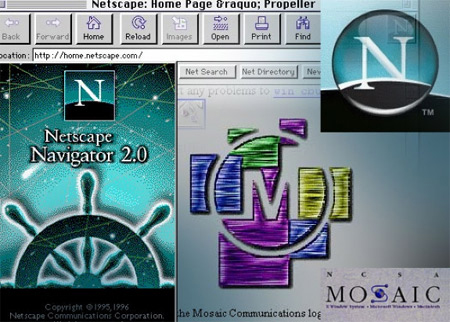
October 13, 1994: Mosaic Communications Company, later changed to Netscape Communications, introduced Mosaic Netscape 0.9 trial (later renamed Netscape Navigator).Version 1.0 appeared on December 15 as the first commercial browser to account for 90% market share before Microsoft entered the race.In 2000, their market share fell below 1%.
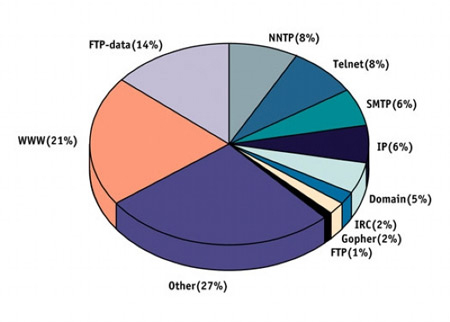
April 30, 1995: Web traffic dominated the Internet six months after Netscape launched a browser.For example, web traffic accounts for 21% while data transferred via FTP protocol is 14% according to LivingInternet.com
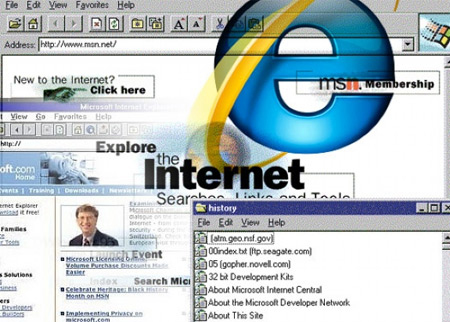
August 24, 1995: Microsoft releases Internet Explorer with Windows 95 operating system. With this smart move, after two years, Microsoft replaced Netscape to become the leading browser provider with 49% market share. (Netscape is 46%) according to data from Janco Associates
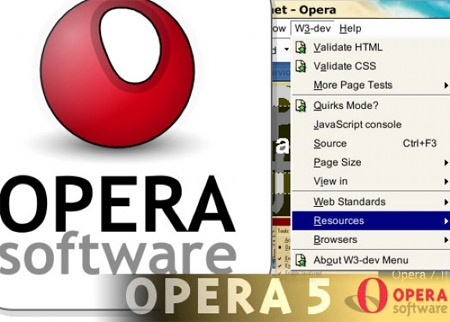
January 1, 1997: The Opera Company (Norway) announces its first browser for Windows.Opera always has a small market share, about 1%, but the Opera Mini mobile version attracts more than 30 million users, including many BlackBerry users.

February 23, 1998: Netscape created an open source project Mozilla Organization to provide a free browser.At that time, they had 28% market share and Microsoft dominated with 69%.In July 2003, Mozilla Organization changed into the Mozilla Foundation non-profit organization and became 2005 by Mozilla Corp.
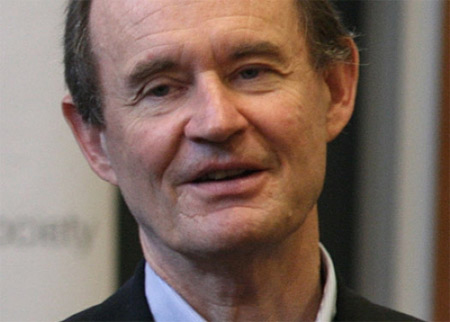
May 18, 1998: The US Justice Department conducts antitrust lawsuits against Microsoft, accusing it of abusing its authority to bring Internet Explorer to Windows.The person authorized to go to court by the Justice Department, lawyer David Boies (pictured), won.In 2001, the ministry asked Microsoft to share APIs (application programming interfaces) for other companies.
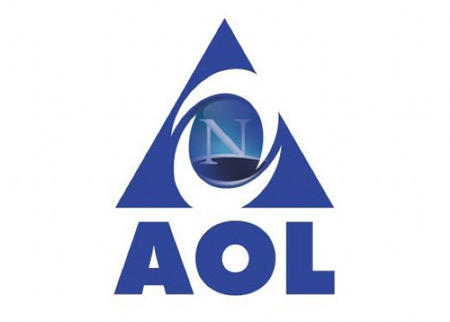
November 24, 1998: AOL bought Netscape for $ 4.2 billion, but they could not help Navigator's browser regain lost market share.In December 2007, AOL announced that it did not support Netscape's web browser versions anymore.
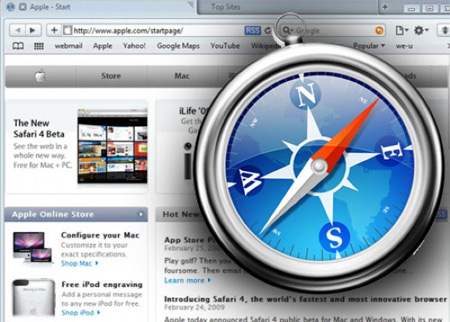
January 7, 2003: Apple enters the beta browser market of Safari and is integrated into the Mac OS operating system later that year.Safari also has a version for Windows XP and Vista as well as for iPhone.Its market share is less than 1% according to Janco Associates.
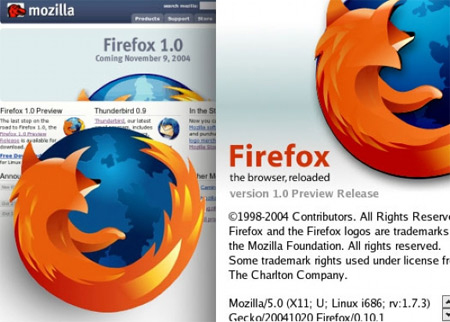
February 9, 2004: Mozilla launches Firefox beta and is quickly considered a browser to replace Internet Explorer (accounting for 87% of the market).Firefox was soon popular and now has a market share of 19.2%.
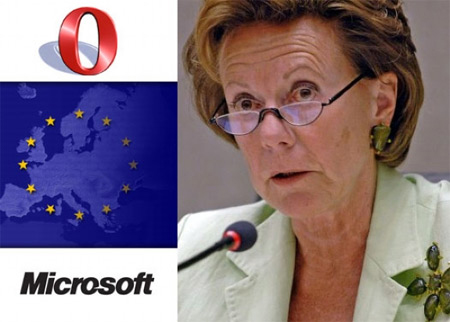
December 13, 2007: Opera sues the European Commission (headed by Neelie Kroes - photo) that Microsoft violated antitrust laws when selling Windows with Internet Explorer and not following web standards.The US software company is required to offer a menu of browsers for users to choose instead of defaulting to IE in Windows 7.
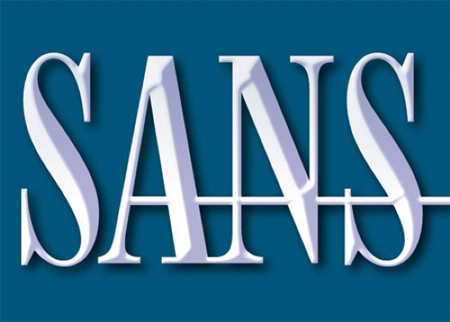
January 14, 2008: For the first time, the list of the most popular and dangerous browser vulnerabilities is announced by SANS Institute.
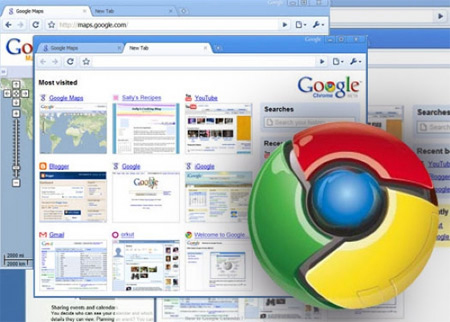
September 2, 2008: Open source browser Google Chrome for Windows was born.The version running on Linux and Mac also appeared 9 months later.Chrome is now up to version 3 and is rated for speed, neat interface and 3.7% market share.
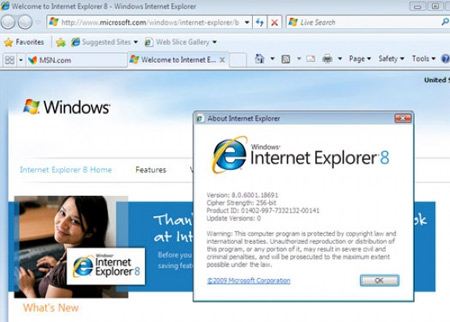
March 19, 2009: Before an improved series of Firefox, Safari, Opera and Chrome, Microsoft responded with version 8 of Internet Explorer.They claim this is the fastest, stable and safest IE browser to restore their position (their market share has dropped to only 68%).
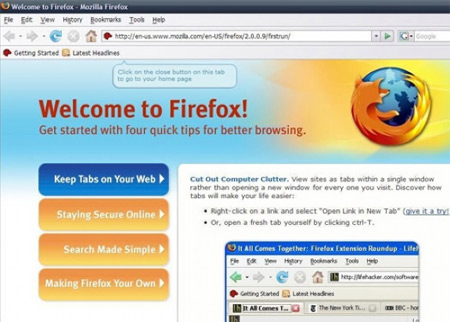
June 30, 2009: Mozilla introduces Firefox 3.5.This is not the fastest browser but contains many important improvements, especially for web developers

August 13, 2009: Marc Andreessen, Netscape founder expressed his ambition for a new project: RockMelt - browser customized for social networks like Facebook.
You should read it
- The beta version of Windows 8 will appear in September
- Learn about Firefox's about page system
- Practicing yourself into a smartphone astronaut, why not?
- Image of the first day of web browsers 199x
- The Windows Store reached a milestone of 100,000 applications
- The magical moments of the web (part 2)
- 5 new strengths will be available in Firefox 6
- Magical moments of the web (Part 1)
May be interested
- 26 important days in computing history
 the way the computer industry has become modern is not simple today. it includes many milestones marking many different stages of development.
the way the computer industry has become modern is not simple today. it includes many milestones marking many different stages of development. - Revealing new features of Chrome browser
 the browser development race is taking place among 'heavyweights' rivals such as mozilla, google and microsoft, as companies compete to launch superior features for this product. recently, google has added a series of competitive features to the chrome browser.
the browser development race is taking place among 'heavyweights' rivals such as mozilla, google and microsoft, as companies compete to launch superior features for this product. recently, google has added a series of competitive features to the chrome browser. - Microsoft offers a free introductory web development course
 recently, microsoft has officially launched a free web development course (web development for beginners) for everyone in the world. the course is delivered online via github.
recently, microsoft has officially launched a free web development course (web development for beginners) for everyone in the world. the course is delivered online via github. - Download Java Development Kit 8-update-281
 java development kit is the official development kit for the java programming language. programming in any computer language requires only a text editor and a knowledge of the syntax, as well as a clear idea of what you're trying to create.
java development kit is the official development kit for the java programming language. programming in any computer language requires only a text editor and a knowledge of the syntax, as well as a clear idea of what you're trying to create. - Coc Coc reached 11.9 million users, on par with Firefox in Vietnam
 today (august 26), coc coc browser has officially reached 11.9 million users, along with gaining market share of users in vietnam nearly equal to firefox. this is considered a successful milestone of coc coc.
today (august 26), coc coc browser has officially reached 11.9 million users, along with gaining market share of users in vietnam nearly equal to firefox. this is considered a successful milestone of coc coc. - Add a self-proclaimed 'fastest in the world' browser
 opera development director, christen krogh, confirmed that the 10.60 beta version of the browser is superior to safari 5 and google chrome 5.
opera development director, christen krogh, confirmed that the 10.60 beta version of the browser is superior to safari 5 and google chrome 5. - How to Use IETester
 ietester is a third-party software mainly used in web development. it allows users to test websites or web pages on different versions of internet explorer for browser compatibility purposes. because the ie browser is a little bit outdated...
ietester is a third-party software mainly used in web development. it allows users to test websites or web pages on different versions of internet explorer for browser compatibility purposes. because the ie browser is a little bit outdated... - How to create WiFi hotspot on UC Browser web browser
 uc browser is a web browser for computers with rich features, fast surfing speed, especially can use the computer to become a free wifi hotspot.
uc browser is a web browser for computers with rich features, fast surfing speed, especially can use the computer to become a free wifi hotspot. - Coc Coc launches spell checking tool right on the browser
 coc coc's development team has successfully researched the vietnamese language checking and correcting application integrated in chrome + browser.
coc coc's development team has successfully researched the vietnamese language checking and correcting application integrated in chrome + browser. - Edit text in web pages with IE8
 internet explorer is often criticized as the worst web browser for developers, but ie8 has gradually changed that notion because it has an interesting set of development tools.
internet explorer is often criticized as the worst web browser for developers, but ie8 has gradually changed that notion because it has an interesting set of development tools.










 Build a social network with Ning
Build a social network with Ning 5 simple changes to reduce hard drive errors
5 simple changes to reduce hard drive errors The hottest new tools from Google
The hottest new tools from Google Know the printer for good use
Know the printer for good use Organize folders and Windows applications under multiple tabs
Organize folders and Windows applications under multiple tabs 10 'no' when online
10 'no' when online